Lab Grown Diamonds vs Natural Diamonds: A Complete Guide
Diamonds have long been treasured for their beauty, brilliance, and rarity. When people think of diamonds, they often imagine stunning jewelry, engagement rings, or luxury accessories. But have you ever wondered where these sparkling gems come from? In this guide, we will explore mined diamonds—how they are formed, extracted, and why they remain one of the most sought-after gemstones in the world.
How Are Mined Diamonds Formed?
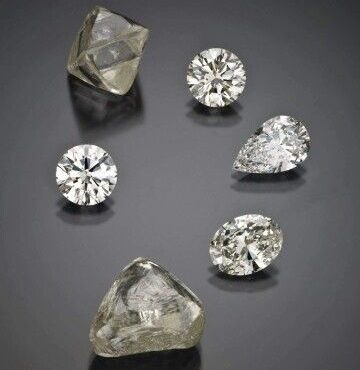
Mined diamonds, also known as natural diamonds, are created deep within the Earth’s mantle under extreme heat and pressure. This natural process occurs over billions of years, with temperatures reaching up to 2,200 degrees Fahrenheit (1,200 degrees Celsius) and pressures over 725,000 pounds per square inch. These conditions allow carbon atoms to crystallize, forming diamonds.
Diamonds are then transported closer to the Earth’s surface through volcanic eruptions, carried within special types of rocks called kimberlite and lamproite. Over time, erosion and geological movements distribute these diamonds, making them accessible for mining.
How Are Mined Diamonds Extracted?
There are several methods used to extract diamonds from the Earth:
Open-Pit Mining
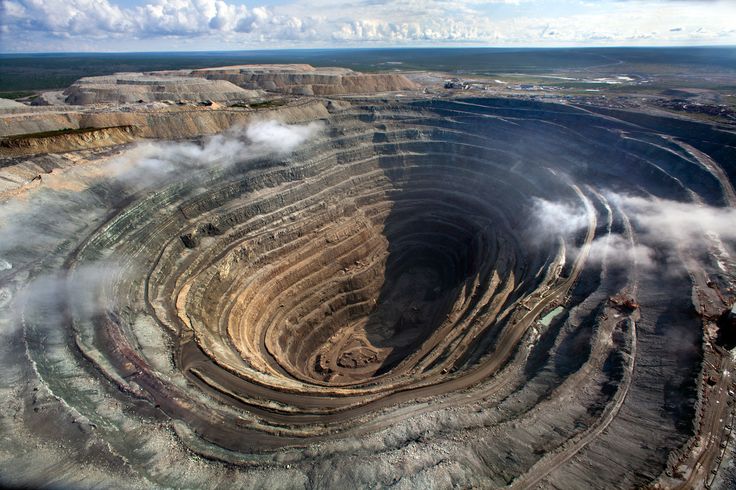
Open-Pit Mining
This method involves digging large pits to reach diamond deposits near the surface. It is commonly used when diamonds are found in kimberlite pipes.
Underground Mining
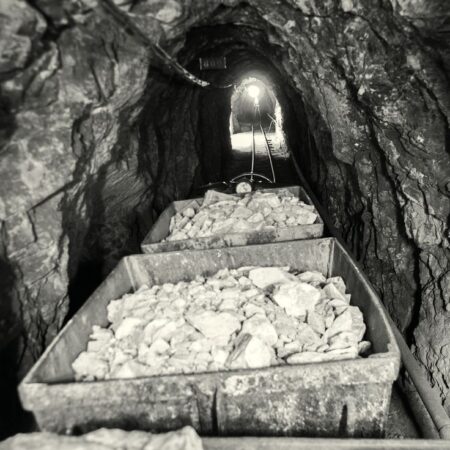
Underground Mining
When diamond deposits are located deep below the Earth’s surface, underground tunnels are created to extract the gems.
Alluvial Mining
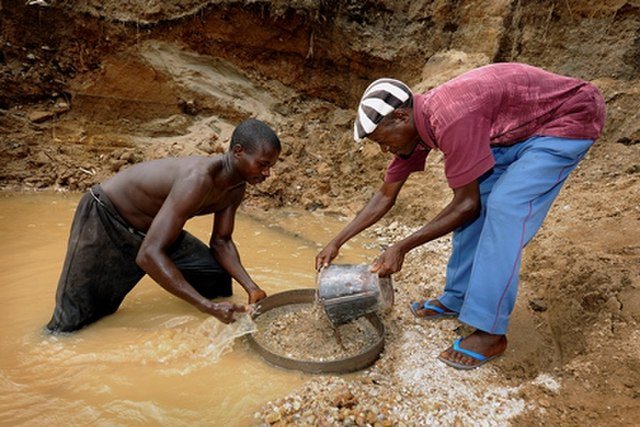
Alluvial Mining
This method is used when diamonds have been carried away by rivers and streams. Miners sift through sand and gravel to find these naturally transported gems.
Marine Mining
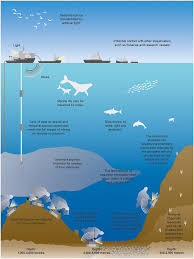
Marine Mining
Some diamonds settle on the ocean floor. Specialized ships use advanced technology to extract diamonds from the seabed.
The Environmental Impact of Mined Diamonds
While mined diamonds are highly valued, their extraction has significant environmental consequences. Some key environmental impacts include:
- Deforestation and Habitat Destruction – Open-pit mining requires clearing vast areas of land, leading to habitat loss for wildlife and deforestation, which disrupts ecosystems.
- Soil Erosion and Degradation – The removal of topsoil and vegetation weakens land stability, making it prone to erosion and degradation, which affects agriculture and biodiversity.
- Water Pollution – Diamond mining consumes large amounts of water and can lead to contamination of nearby rivers and lakes through sedimentation, toxic chemicals, and heavy metal runoff.
- Carbon Emissions – Mining operations involve the use of heavy machinery, which contributes to carbon dioxide emissions and air pollution.
- Energy Consumption – Extracting and processing diamonds require significant energy, often sourced from fossil fuels, increasing the carbon footprint of the industry.
- Waste Production – Diamond mining generates a large amount of waste rock and tailings, which can release harmful substances into the environment over time.
Are Mined Diamonds Ethical?
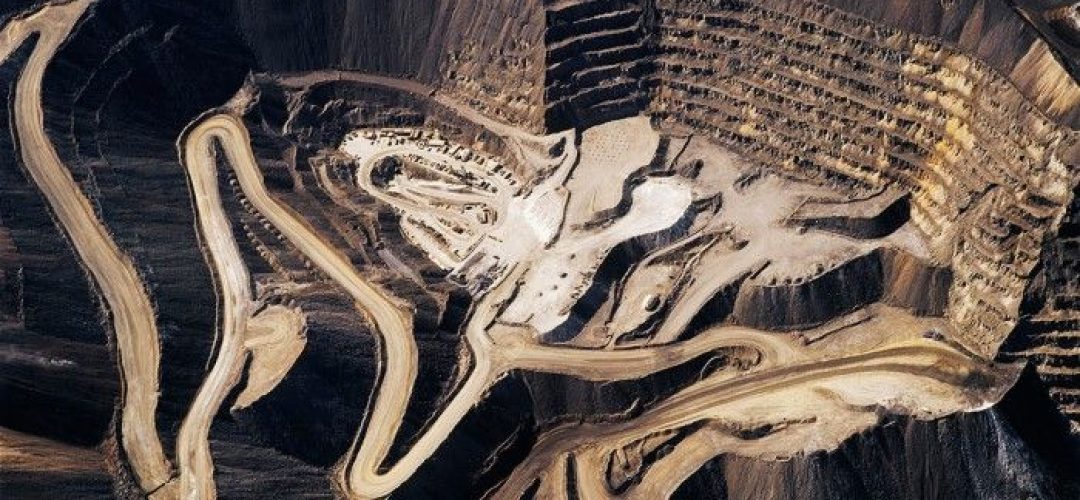
Diamond mining has historically raised ethical and environmental concerns. Issues such as conflict diamonds (also known as blood diamonds), land degradation, and unfair labor practices have been widely discussed. However, with the implementation of the Kimberley Process, the diamond industry has made significant efforts to ensure that diamonds are sourced ethically and responsibly. Many companies also invest in sustainable mining practices and community development programs
Mined Diamonds vs. Lab-Grown Diamonds
With the advancement of technology, lab-grown diamonds have emerged as an alternative to mined diamonds. While both have the same physical, chemical, and optical properties, lab-grown diamonds are created in controlled environments in just a few weeks. They offer a more sustainable and cost-effective option, making them increasingly popular among modern consumers.
Conclusion
Mined diamonds are a remarkable natural wonder, formed deep within the Earth over billions of years. Their journey from formation to extraction is fascinating, and their rarity and beauty make them highly desirable. However, the environmental and ethical concerns surrounding diamond mining cannot be ignored. As the industry continues to evolve, it is important for consumers to be aware of the impact of mined diamonds and consider sustainable alternatives. Whether you choose a mined diamond or a lab-grown alternative, understanding the origins of diamonds helps in making an informed and meaningful choice.